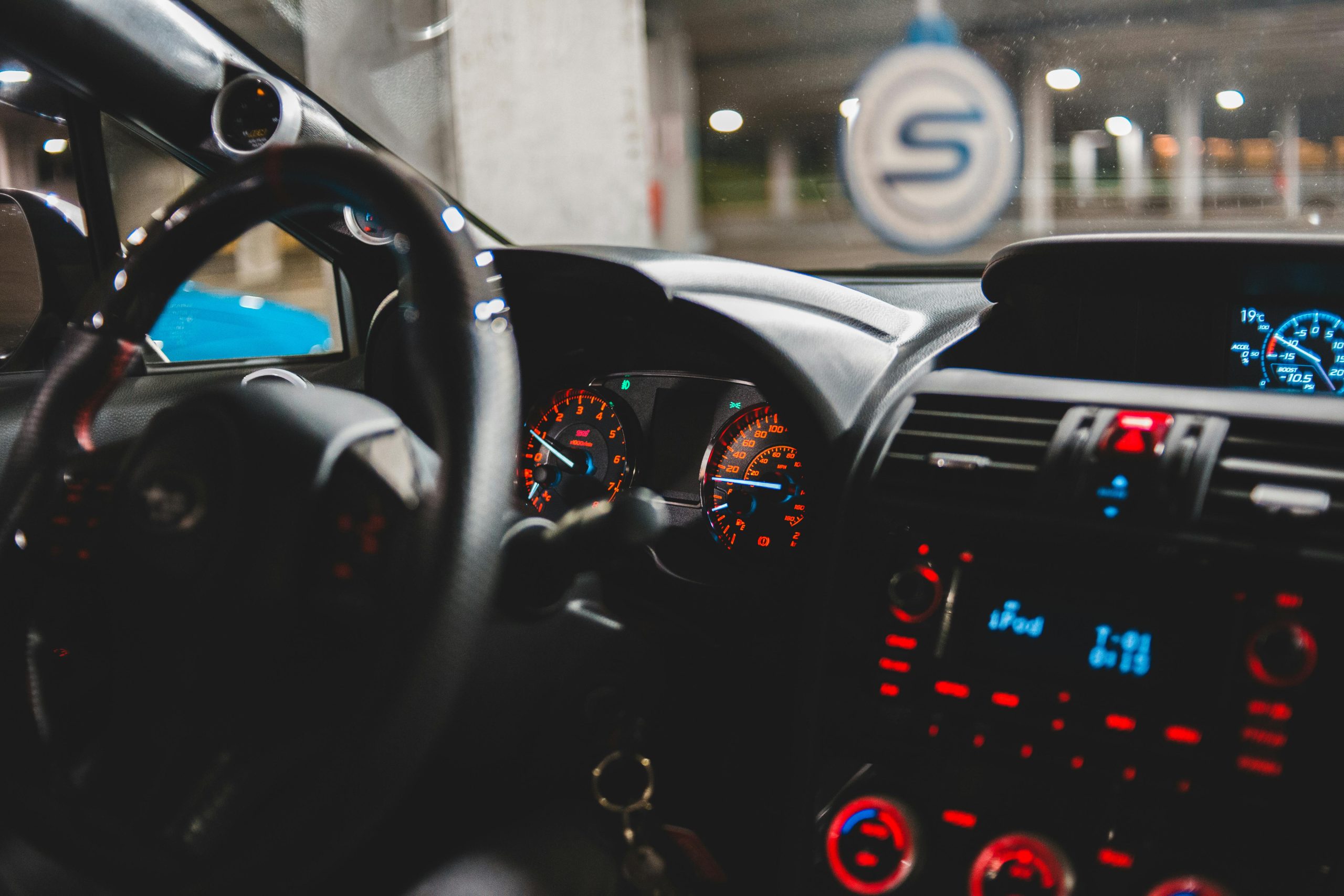
The Next Horizon: AI, AR, and the Glass of Tomorrow
While the industry focuses on perfecting today’s ADAS calibrations, the horizon is already filling with technologies that will make today’s cutting-edge systems look archaic. For those looking to stay ahead, understanding these emerging areas is vital for futureproofing any service model. The global auto glass market is expected to maintain a robust Compound Annual Growth Rate (CAGR) between 6-8% through 2030, largely driven by these technological advancements.
Augmented Reality Guiding the Human Hand. Find out more about Enhanced mobile auto glass repair standards.
One of the most tangible near-term developments involves **Augmented Reality (AR)**. AR tools are being explored to provide technicians with advanced, real-time visual guidance. Imagine a technician wearing smart glasses overlaying digital instructions, alignment markers, or wiring diagrams directly onto the car’s frame or the glass itself as they work. This technology has the potential to drastically reduce human error, particularly critical when dealing with the next wave of complex sensor placements.
Smart Glass and Self-Healing Chemistry. Find out more about Enhanced mobile auto glass repair standards guide.
The glass itself is getting smarter. The future of automotive glazing involves true **smart glass technology**, moving beyond simple tinting to features like electrochromic dimming that dynamically manages cabin temperature and glare without driver input. Even more exciting is the progression toward **self-repairing glass**, which uses specialized polymers to automatically fill and cure minor chips when exposed to sunlight or heat—a feature that will drastically change the necessity of routine *repair* calls. These advancements are creating a demand for lighter-weight, more energy-efficient glass, further aligning the industry with sustainability goals. For a deeper look at these high-tech material science shifts, it is worthwhile to examine the latest analyses on Innovations in auto glass technology: Enhancing safety and style. This progression means that the technician of tomorrow needs a background that is as much software-aware as it is mechanical.
Actionable Takeaways for the Road Ahead in Mobile Care. Find out more about Digitally refined scheduling for auto glass services tips.
Mastering the conclusion of one evolutionary phase means having clear steps for the next. For any entity invested in the future of convenient, high-quality vehicle care, here are the key action items as of October 2025:
- Audit ADAS Readiness Quarterly: Do not rely on annual checks. Given that 60% of repairs now involve calibration, integrate ADAS system requirements into your parts ordering and technician dispatching logic on a near-real-time basis.. Find out more about Continuous improvement feedback loops for auto glass repair strategies.
- Define Your Calibration Strategy: Decide definitively whether the necessary static calibration volume in your footprint justifies the high initial investment for an in-house bay, or if a strategic, high-trust partnership for subletting that specific service is the superior model for maintaining mobile convenience.. Find out more about Enhanced mobile auto glass repair standards overview.
- Mandate Technology Literacy in Hiring: Look beyond simple glass experience. Prioritize candidates who can demonstrate familiarity with diagnostic software, data interpretation, and an appetite for learning AR/AI-assisted workflows.. Find out more about Digitally refined scheduling for auto glass services definition guide.
- Leverage Feedback Immediately: Do not let satisfaction scores become mere reports. Institute a 72-hour mandatory review process for any metric that falls outside the top-tier benchmark to ensure training and processes adapt at the speed of customer expectation.
Cementing a Legacy of Trust Through Evolution
The initial promise of mobile auto care was convenience; the realized conclusion is *excellence at the point of need*. The success we see today—the 80% satisfaction rating, the operational fluency, the seamless digital integration—wasn’t accidental. It was the result of a deliberate, consistent commitment to process improvement that has spanned over fifteen years. The digital scheduling system, the advanced van, and the highly-trained technician are not the end game; they are the *platform* for the next decade. The future of auto care will be defined by how deftly service providers integrate the physical convenience of mobility with the technical demands of the connected, sensor-laden vehicle. The goal remains the same as it was at the very beginning: to earn trust with every single interaction. By embracing the technical complexities of ADAS and preparing for the eventual arrival of AR-guided and self-healing glass, the legacy of quality will not just be cemented—it will be continuously reinforced and expanded for years to come. What has been the most surprising technological shift you’ve noticed impacting vehicle repair in the last year? Share your observations in the comments below!
